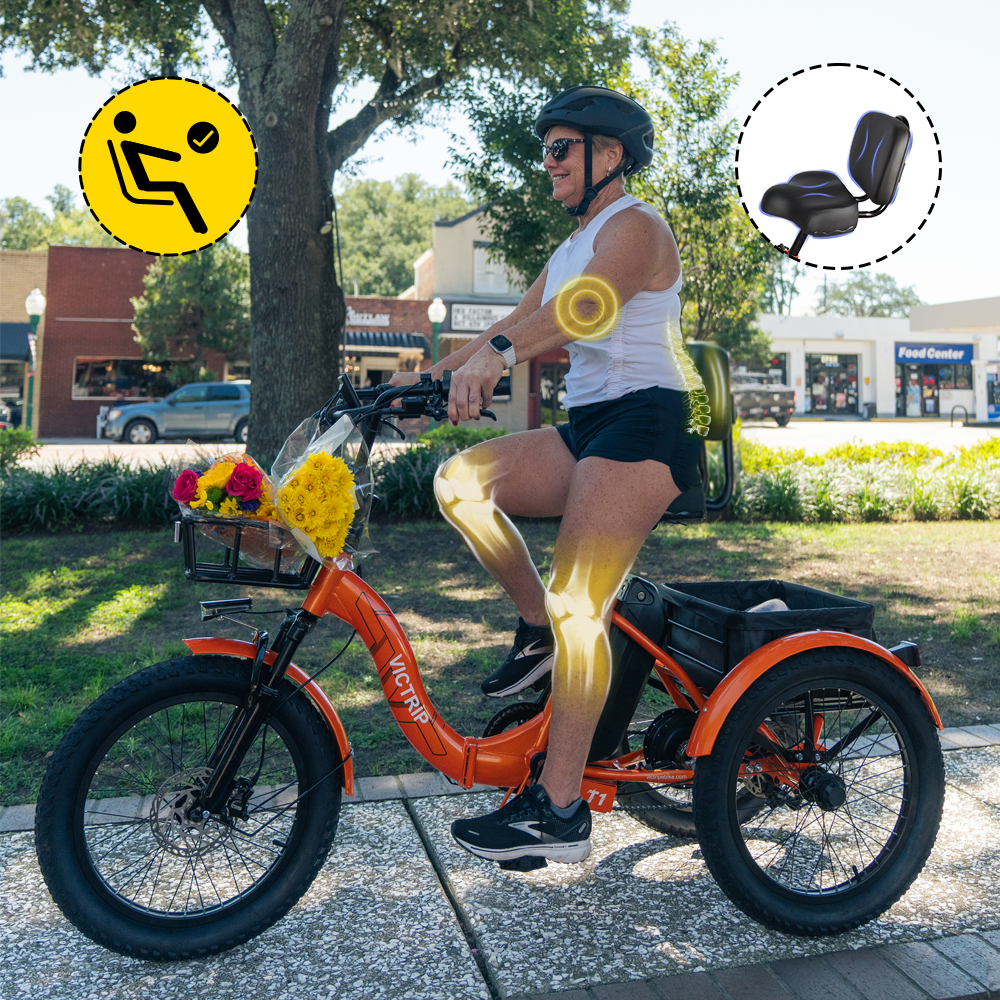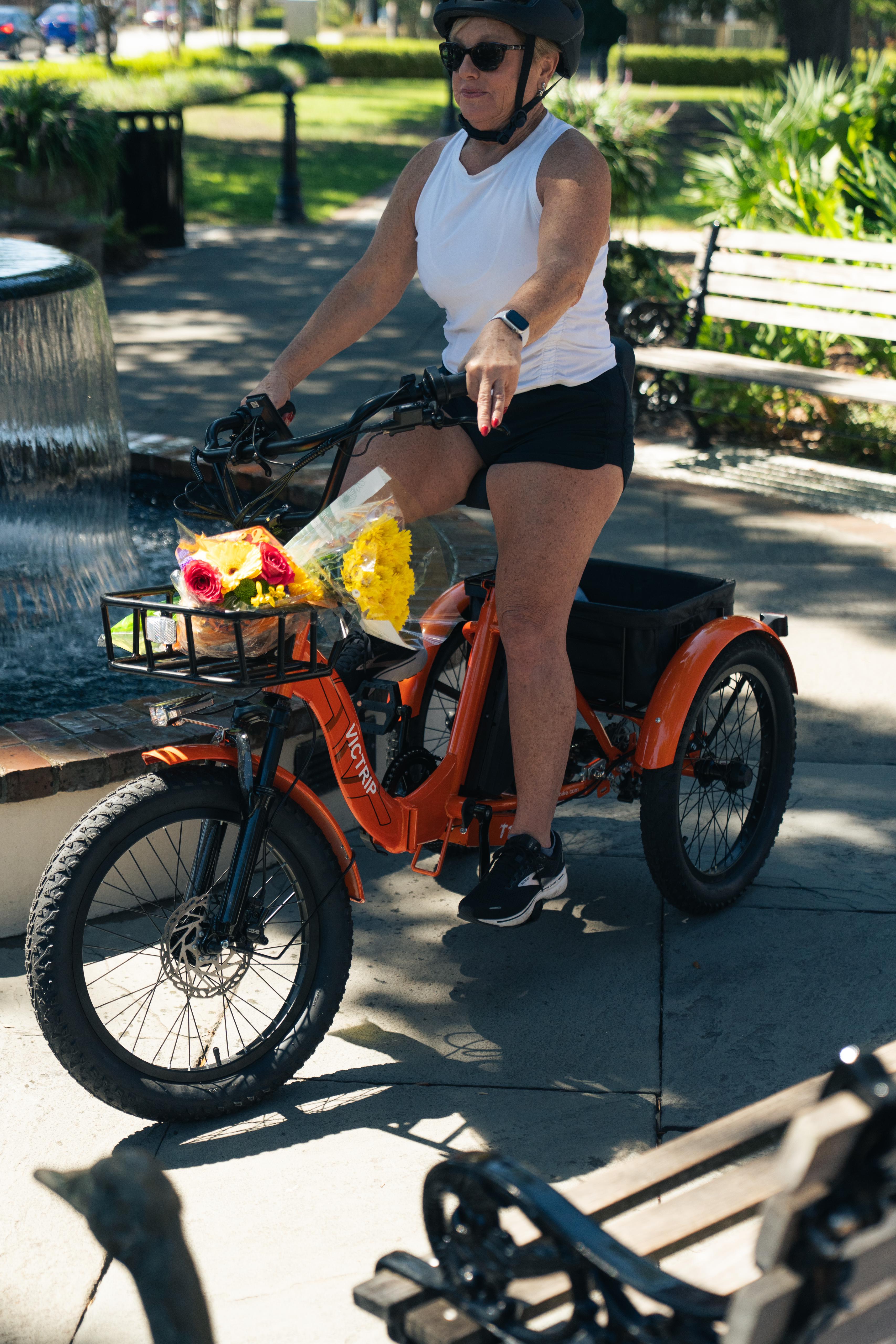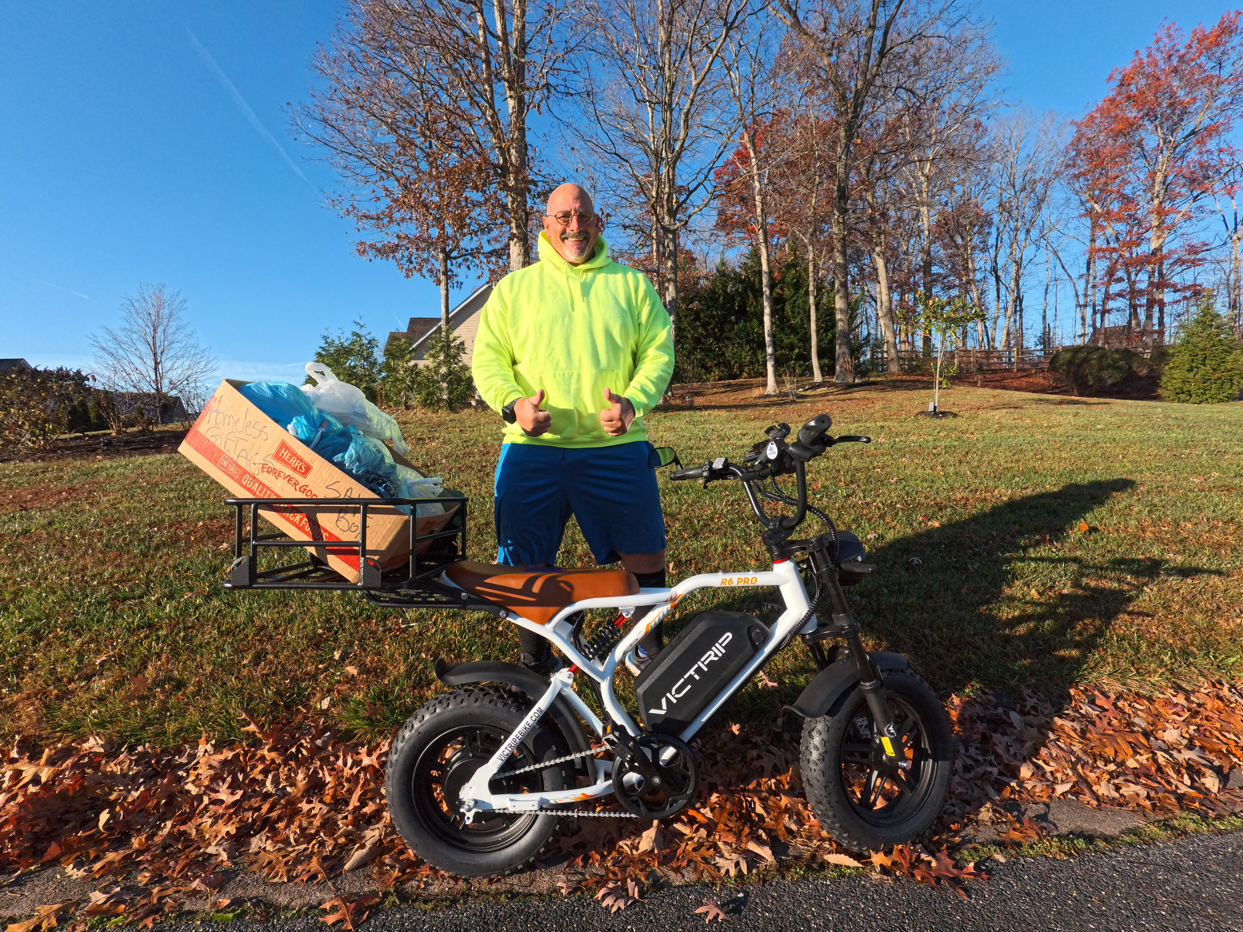Why EBike Maintenance Is Essential
An eBike isn’t just a bicycle with a motor—it’s an investment in clean energy, fun, and convenience. But like any precision machine, it demands regular care. Proper maintenance extends your eBike’s lifespan, preserves battery performance, enhances safety, and ensures your daily commute or adventure stays smooth.
Electric bikes combine mechanical systems (like gears and brakes) with electrical components (like batteries, motors, and controllers). Neglecting either part can lead to costly repairs, reduced performance, or even accidents. Routine checkups catch issues early, keeping you safe and your ride efficient.
How Often Should You Maintain Your EBike?
Just like a car, your eBike needs attention at scheduled intervals. Here's a general guideline:
| Task | Frequency |
|---|---|
| Basic visual inspection | Before every ride |
| Tire pressure and brakes | Weekly |
| Chain lubrication | Every 100–150 miles |
| Battery health check | Monthly |
| Professional tune-up | Every 6–12 months |
Your usage habits matter too. Daily riders will need more frequent care than occasional weekend cyclists. Also, environmental factors like rain, mud, or snow can accelerate wear.
Tools You’ll Need for Basic EBike Maintenance
You don’t need a full mechanic’s workshop to maintain your eBike, but a few quality tools will make all the difference:
-
Allen key set (metric)
-
Tire levers
-
Torque wrench
-
Bike-specific chain lubricant
-
Cleaning brush set
-
Multimeter (for electrical diagnostics)
-
eBike-specific cleaner (non-corrosive)
-
A bike stand (for stability during work)

Pro tip: Keep your tools organized in a portable toolbox or bag so you’re always prepared.
Visual Inspection – Your First Line of Defense
What to Check Before Every Ride
Before hopping on, give your eBike a once-over:
-
Check for loose bolts or components
-
Ensure brakes are functioning properly
-
Inspect the tires for debris or punctures
-
Make sure the battery is secure
-
Test your lights and display screen
This habit can prevent major issues before they arise.
Weekly Visual Checklist
Every week, take 10–15 minutes to:
-
Inspect cables for fraying or damage
-
Clean the frame and electrical connections
-
Verify the kickstand, fenders, and racks are tight
-
Spin wheels to check for warping
-
Look for signs of rust or wear on the drivetrain
A little consistency here will go a long way.
Battery Care and Longevity
Your eBike’s battery is the heart of its power system—and also the most expensive part to replace.
Read More: How Long Do eBike Batteries Last? Lifespan, Tips & Myths.
Charging Best Practices
-
Avoid full discharges—try to keep the charge between 20% and 80%
-
Use the original charger only
-
Don’t charge the battery right after riding; let it cool for 30 minutes
-
Unplug once fully charged (avoid overnight charging)
Battery Storage Tips
If storing for more than 2 weeks:
-
Charge to about 60%
-
Remove from the bike if possible
-
Store in a dry, cool room (40–70°F / 5–21°C)
-
Avoid direct sunlight and extreme temperatures
Following these simple steps can extend your battery's lifespan by years.
Tire and Wheel Maintenance
Tires are your only contact point with the road—don’t let them slip, literally.
Checking Air Pressure
Proper tire pressure enhances efficiency, comfort, and grip. Use a gauge and inflate based on the manufacturer’s recommendation—typically 40–65 PSI for hybrids and 50–80 PSI for commuter tires.

Spotting Tire Wear
Look for:
-
Cracking on the sidewalls
-
Worn tread patterns
-
Embedded glass or debris
-
Slow leaks over days
Rotate tires front-to-back every few months if applicable, to even out wear.
Chain and Drivetrain Care
A dirty chain adds drag, reduces motor efficiency, and wears down other components fast.
Cleaning and Lubricating the Chain
-
Use a chain cleaner or degreaser every 100–150 miles
-
Wipe dry, then apply a bike-specific lubricant (wet lube for rain, dry for summer)
-
Avoid over-lubing—it attracts grime
Adjusting the Gears
-
Use the barrel adjuster to fine-tune cable tension
-
Ensure shifting is crisp and doesn’t skip
-
If unsure, take it to a bike shop for derailleur alignment
Brake System Maintenance
Stopping power is non-negotiable on a 20–28mph electric bike.
Inspecting Pads and Rotors
-
Brake pads should have at least 1mm of material
-
Listen for squeaking or grinding
-
Check rotors for warping or rust
Hydraulic vs Mechanical Brake Tips
-
Hydraulic brakes self-adjust but may need bleeding every 6–12 months
-
Mechanical brakes need regular tension adjustments
Keep your braking system clean and dry for best results.
EBike Electrical System Check
Regular electrical checkups prevent sudden power cuts or weird glitches.
Checking Connectors and Display
-
Power off before touching wires
-
Check for loose, corroded, or frayed connectors
-
Use contact cleaner to remove grime
-
Ensure display updates properly and shows battery level accurately
Troubleshooting Minor Electrical Faults
-
If the motor doesn’t engage, check brake sensors, throttle, and PAS wires
-
Use a multimeter to check for battery voltage
-
Refer to your manufacturer’s diagnostic guide or app
Cleaning and Storage Tips
-
Use gentle soap and a sponge—never pressure wash!
-
Clean drivetrain components separately
-
Dry everything with a microfiber cloth
-
Re-lube the chain post-wash
For storage:
-
Elevate the tires if possible
-
Cover the bike (breathable covers only)
-
Remove accessories like GPS or lights
Seasonal and Annual Maintenance
Winter Storage Guide
If you won’t ride for months:
-
Store the battery separately indoors
-
Inflate tires to max PSI
-
Clean thoroughly before storage
-
Use a frame protector spray if in a humid climate
Annual Tune-Up Checklist
Schedule a yearly service with a professional mechanic that includes:
-
Brake bleeding and pad replacement
-
Drivetrain deep clean
-
Firmware or software updates
-
Motor and controller diagnostics
-
Bearing and hub service
When to Seek Professional Help
Not every eBike issue can be solved in your garage. Seek help if:
-
Motor power cuts out randomly
-
The battery drains unusually fast
-
You hear grinding or clicking you can’t identify
-
Your bike feels unstable at speed
-
Brakes fade or pull unevenly
Your safety is worth the visit.
Maintenance Mistakes to Avoid
-
Over-tightening bolts
-
Using WD-40 instead of proper chain lube
-
Storing a battery fully discharged
-
Charging a hot battery right after a ride
-
Skipping regular checkups
Avoid these, and you’ll avoid headaches (and repair bills).
Conclusion – A Smooth Ride Starts with Care
Maintaining your eBike might sound tedious, but once you form a habit, it becomes second nature. Whether you’re cruising around town or conquering hills, a well-maintained eBike guarantees a safer, longer-lasting, and more enjoyable ride.
Stay proactive. Follow this checklist. And your eBike will reward you for years to come.
FAQs
How long does an eBike battery last?
Typically 3–5 years or 500–1,000 full charge cycles. Proper care can extend this even further.
Can I wash my eBike with water?
Yes—but never with a high-pressure washer. Use a damp cloth, mild soap, and avoid soaking electrical components.
What’s the best chain lube for eBikes?
Use eBike-specific chain lubricants like Finish Line eBike Lube or Muc-Off eBike Dry/Wet Lube.
How do I know when to replace brake pads?
Visually inspect for thickness (1mm or less = replace). Also, if you hear squealing or grinding, it’s time.
Can I ride in the rain?
Most eBikes are water-resistant, not waterproof. Ride with caution, dry your bike afterward, and avoid puddles.
How often should I get a professional tune-up?
Every 6–12 months, or sooner if you ride daily or under tough conditions.




Share:
How Fast Can A 2000w Electric Bike Go?
Dual Battery vs. Single Battery E-Bikes: Which Is Better?